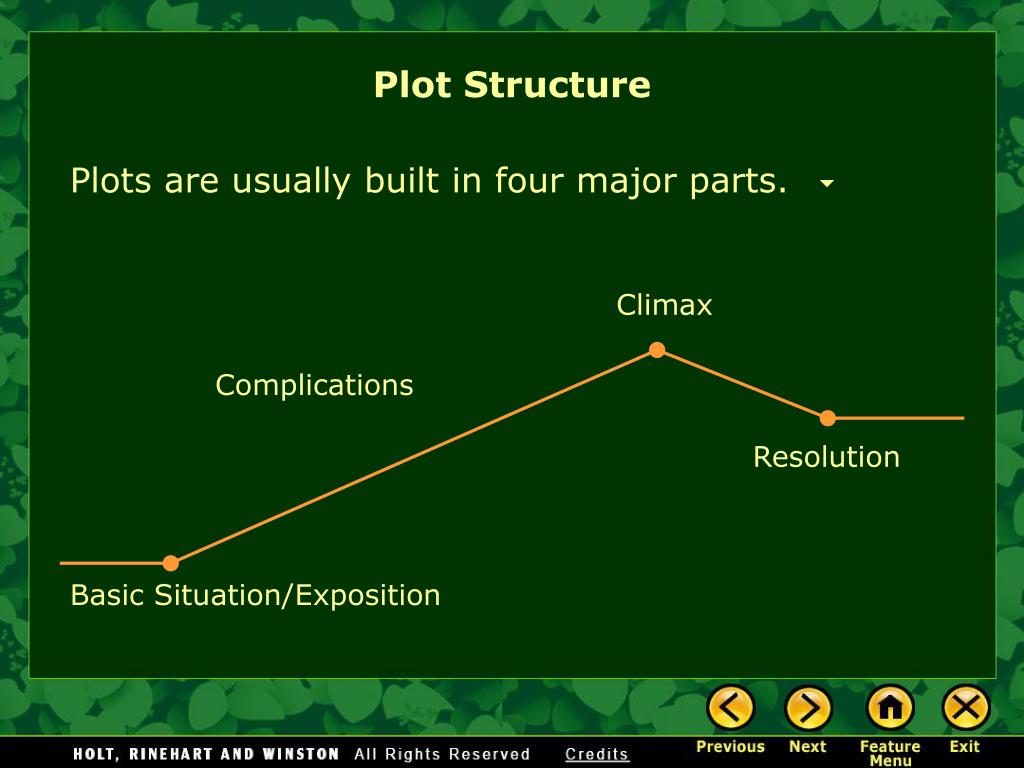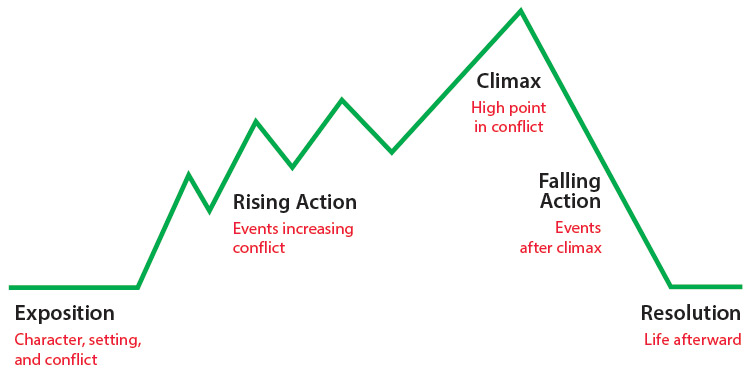

You could flash back to a significant memory, or tease a future story event (if the narrator is omniscient or non-involved, that is, and thus knows what will happen in the future). This is a helpful reminder that the unique scenario you introduce at the start of your book doesn’t have to be from your character’s present. In the opening paragraph of One Hundred Years of Solitude, Gabriel Garcia Marquez refers in passing to a main character facing an execution firing squad ‘many years later’. Quickly, we get an idea of the initial, ‘who, what, why where and when’ of the story.

Great story exposition often introduces us to a specific, intriguing scenario. Now let’s explore examples of exposition and 7 ways you can use it to reel readers in: 7 ways to write good story exposition What significant details are introduced first?įor example, evacuation pamphlets raining down is a powerful image explaining impending conflict in Doerr’s Pulitzer-winning novel mentioned above.How does the author introduce or explain place, time and the core scenario?.
#Exposition plot how to#
If you are curious how to approach exposition for your genre, pick up a favorite novel in the same genre. Historical fiction often reveals the period or events we’re dealing with via an illustrative scene or action (such as evacuation order pamphlets raining down on a city during World War II in the short opening chapter in All the Light we Cannot See by Anthony Doerr).

In romance, the exposition may show that the protagonist has fled to a tropical idyll to get over a disastrous relationship (as the setup for their plunging into a new relationship), for example.
#Exposition plot series#
In a fantasy novel, exposition might reveal the origin story or genesis of your magical world (as in Sir Terry Pratchett’s Discworld series or C.S. So how do you make story exposition explain your world, your characters and starting scenario without the pitfall of it not being engaging (being ‘undramatic’)? First, a word on genre and story exposition: What about genre-specific exposition?Īs the second definition of exposition above (on its dramatic function) shows, genre will likely influence what you include in your book’s exposition. This kind of writing is sometimes necessary but is often undramatic: screenwriters, for example, are advised to avoid lengthy or explicit exposition. They further qualify, however, an important detail about story exposition: It can read as undramatic (or to put it another way, dry): In drama, a kind of writing where characters talk about the plot: for example, in crime dramas this may take the form of a police briefing where officers are told about the case they have to solve. Oxford Reference uses the example of a dialogue about a case in a crime drama: The first phase in classical narrative structure, presenting circumstances preceding the action of the narrative.Įxposition also indicates the story’s genre (and thus what type of story to expect). On one hand, story exposition explains the circumstances giving rise to the story’s main action. Oxford Reference gives multiple useful definitions of exposition in a story.
#Exposition plot plus#
Read on for a definition of exposition in fiction, plus examples taken from fantasy, historical fiction, speculative fiction and other genres: Story exposition: Useful definitions What is story exposition? Yet the exposition in a novel or short story is also an opportunity to entice, amuse, alarm and surprise your reader, foregrounding engaging themes and voices.

‘Story exposition’ is often described as background, the necessary part to include so that readers know when, where and why your story takes place.


 0 kommentar(er)
0 kommentar(er)
